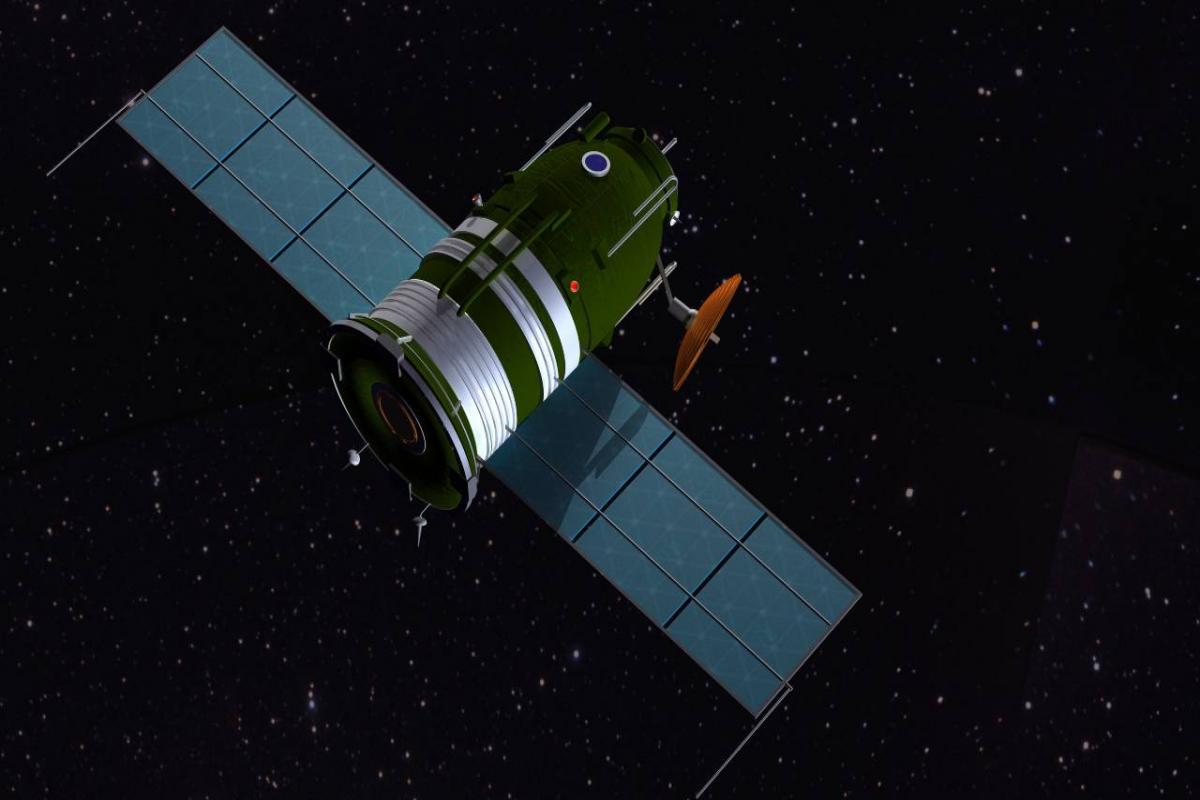Chandrayaan-2 Leaves Earth’s Orbit, Heads Towards Moon

New Delhi: India’s ambitious lunar mission Chandrayaan-2 left the earth’s orbit early on Wednesday and is headed towards the moon after a crucial manoeuvre by the Indian Space Research Organisation (ISRO).
“The final orbit raising manoeuvre of Chandrayaan-2 spacecraft was successfully carried out today at 2:21 am. During this manoeuvre, the spacecraft’s liquid engine was fired for about 1,203 seconds. With this, Chandrayaan-2 entered the Lunar Transfer Trajectory,” NDTV quoted an ISRO statement as saying.
An orbit-raising manoeuvre is the process of raising a satellite into an orbit towards the moon, while it still revolves around the earth.
Lunar Marathon
An elated ISRO chief, Dr K Sivan, said: “The firing had to be precise and totally accurate as now from a distance of 276 km from earth—where the midnight operation was conducted on Chandrayaan-2—it will head for a long lunar marathon of 3.84 lakh km to the moon.”
“The whole process is very complex since Chandrayaan 2 has been imparted an earth leaving velocity of 39,240 km per hour, which is almost 30 times the speed at which sound travels through air,” Sivan explained, adding that even a small error can make Chandrayaan-2 miss its rendezvous with the moon.
What Next
As the spacecraft approaches the moon on August 20, its liquid engine will be fired again to insert it into lunar orbit, the ISRO said. “Following this, there will be four orbit manoeuvres to make the spacecraft enter its final orbit, passing over the lunar poles at a distance of about 100 km from the moon’s surface,” it said.
After 13 days of moon-bound orbit phase, the spacecraft will engage Vikram, a 1.4-tonne lander, which in turn will set the 27-kg rover Pragyan down on a high plain between two craters on the lunar South Pole, where no country has gone so far, according to ISRO. It is expected to soft land on moon on September 7.
Post Landing
After the landing, the rover carry out experiments on moon’s surface for one lunar day, which is equal to 14 earth days. The mission life of the lander is also one lunar day, while the orbiter will continue its mission for a year.

Comments are closed.